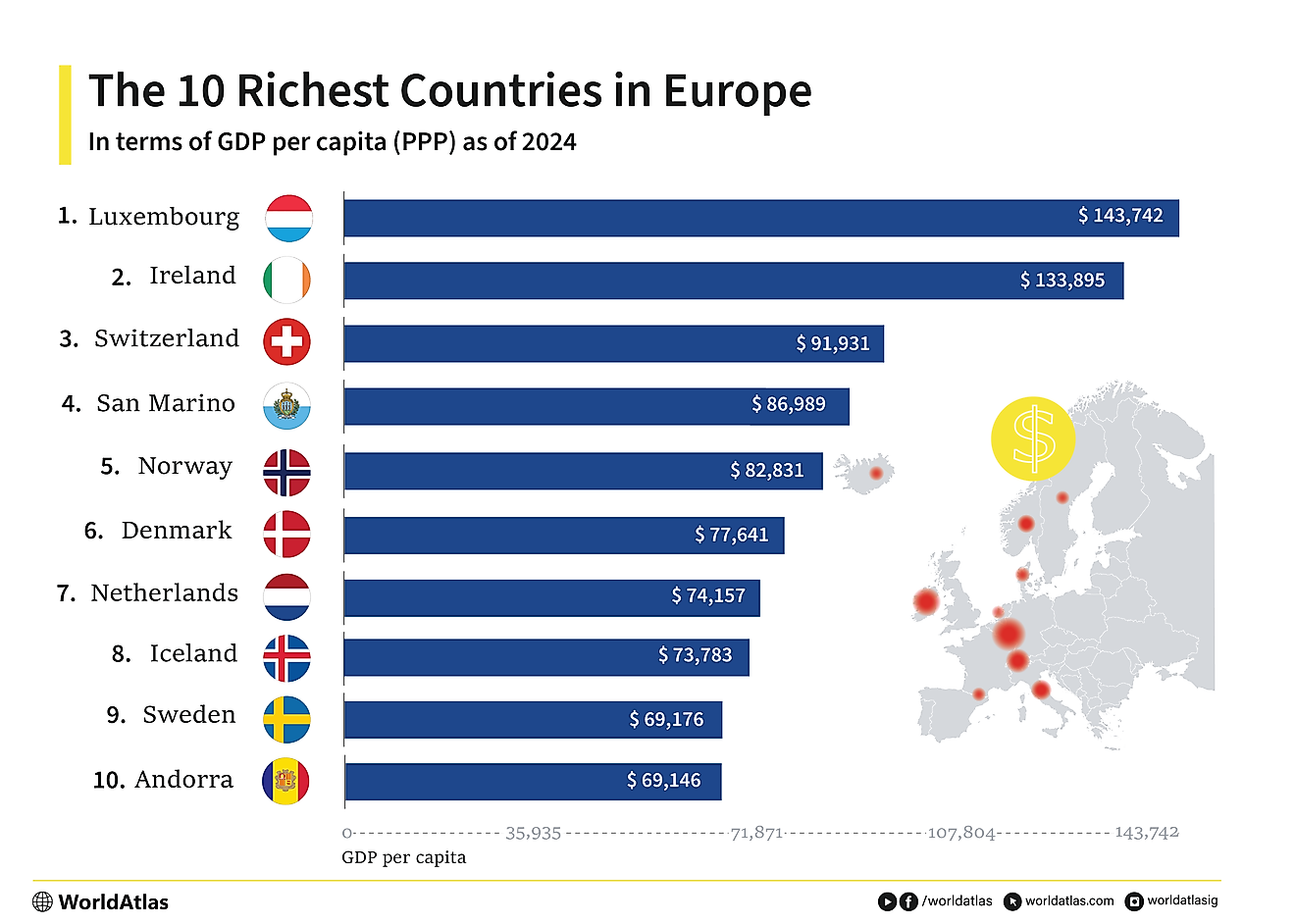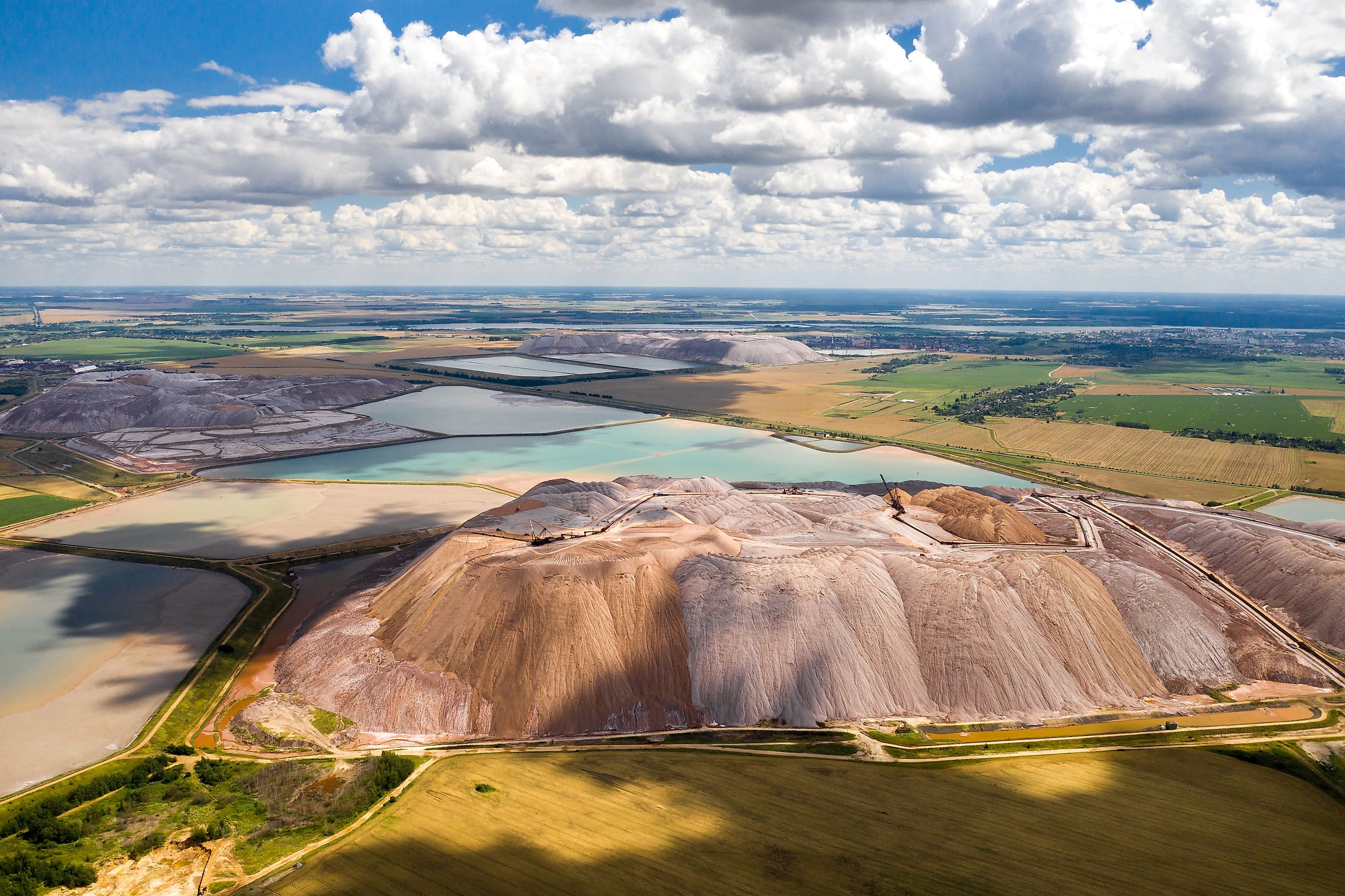
The 10 Largest Potash Producing Countries in the World
Potash is an incredibly important material when it comes to modern agriculture. Its use dates back to the bronze age, and it still proves to be one of the most sought-after resources to this day. It is a mix of various salts that are either mined from underground or collected from dried-up ocean beds, with potassium being one of its main compounds. Another main component is ash, generally derived from plant-based material. This mix of potassium and ash gives it the name "potash."
Several countries around the world produce potash, with many of them relying on this resource as a major part of their economies. Here are the ten biggest potash-producing countries in the world.
10. United States
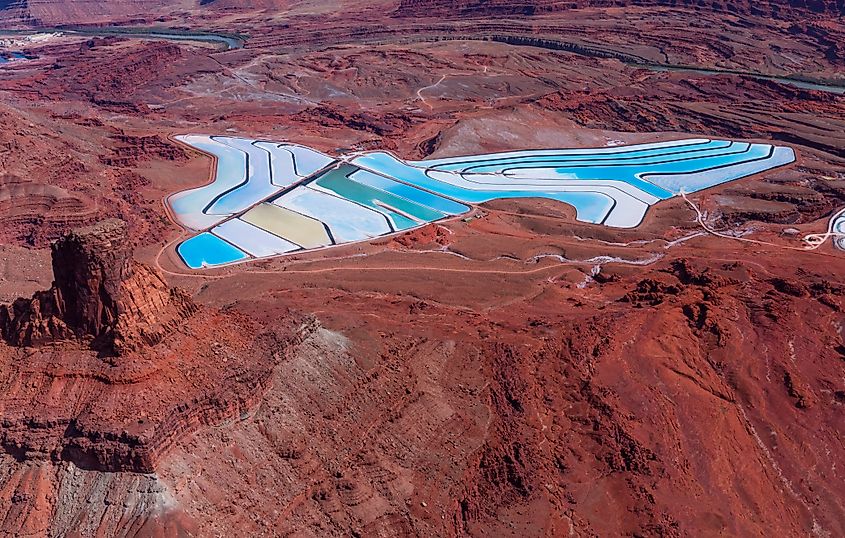
Potash production in the United States is primarily concentrated in the state of New Mexico, which holds the largest reserves in the country. The Carlsbad potash district in southeastern New Mexico, in particular, has been a significant source since the 1920s, with large-scale mining operations.
Utah also contributes to U.S. potash production, mainly through solar evaporation of brines from the Great Salt Lake and underground mining near Moab. This process makes it easy to collect the dried-up minerals directly from the surface of the earth as opposed to mining underground.
Despite substantial reserves, the U.S. still imports a significant portion of its potash needs, mainly from Canada, to meet agricultural demand. Recent measurements show that the United States produces up to 400,000 metric tons per year.
9. Chile

Potash mining in Chile is predominantly conducted in the Atacama Desert, one of the world's largest salt flats. This region is rich in lithium and potassium salts, making it a vital area for potash production, along with the collection of other minerals that are vital in things like battery production.
Like the salt lakes in Utah, the primary method used in Chile is solar evaporation, where brine is pumped from beneath the salt flat into large evaporation ponds. The intense solar radiation and arid climate create a relatively quick evaporation process, leaving behind lots of concentrated minerals that are important for the potash-making process.
SQM is a major company involved in potash extraction in the region, and the total output of potash in Chile sits at around 600,000 metric tons per year.
8. Laos
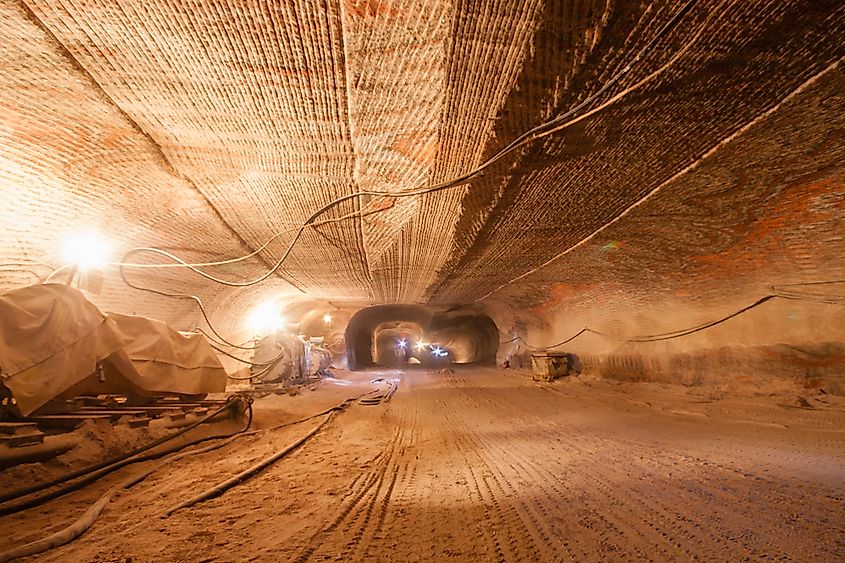
The Vientiane Basin in Laos is a region with substantial potash deposits that have made it a major industry for the developing country. The country's potash industry has been developing since the early 2000s, with investments from Chinese and Vietnamese companies.
The main production method involves solution mining, where water is injected into underground potash beds to dissolve the minerals, and the brine is pumped to the surface for evaporation and processing. This method is well-suited to the unique geological conditions in Laos, where underground mining can be difficult.
The potash produced in Laos is mainly exported to neighboring countries, many of which have limited quantities of the mineral within their own borders. 600,000 metric tons of potash was produced in Laos in 2022.
7. Jordan
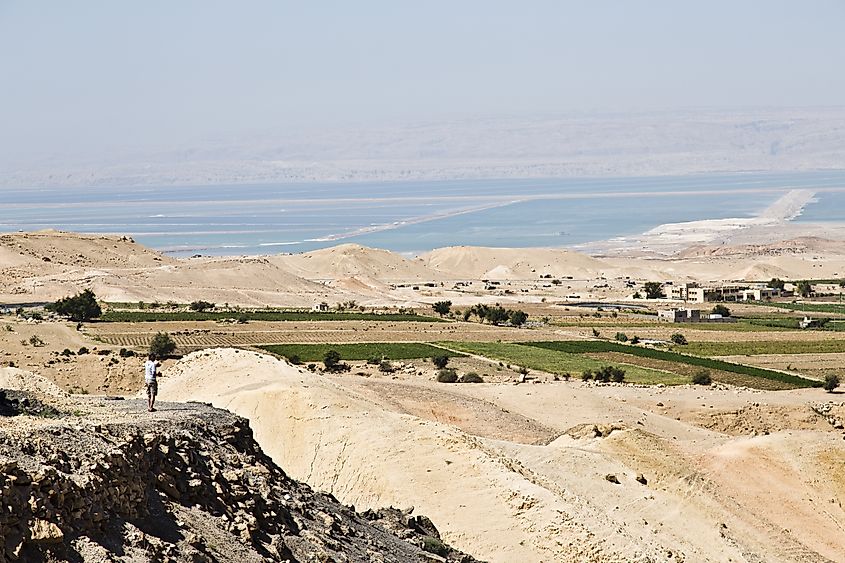
Potash production in Jordan is concentrated around the Dead Sea, which holds significant potassium-rich fields dotted throughout its reach. The Arab Potash Company (APC) is the top producer in this country, utilizing solar evaporation to extract potash from the Dead Sea into large evaporation ponds. The abundant sunlight and high temperatures in this desert-covered area of the world make this an ideal way to produce potash.
Jordan's potash industry plays a crucial role in the national economy of the country, providing substantial employment and contributing significantly to export revenues. The vast majority of it is exported to other countries with more robust agricultural industries. As of now, Jordan has been able to produce up to 1.8 million metric tons of potash per year.
6. Israel
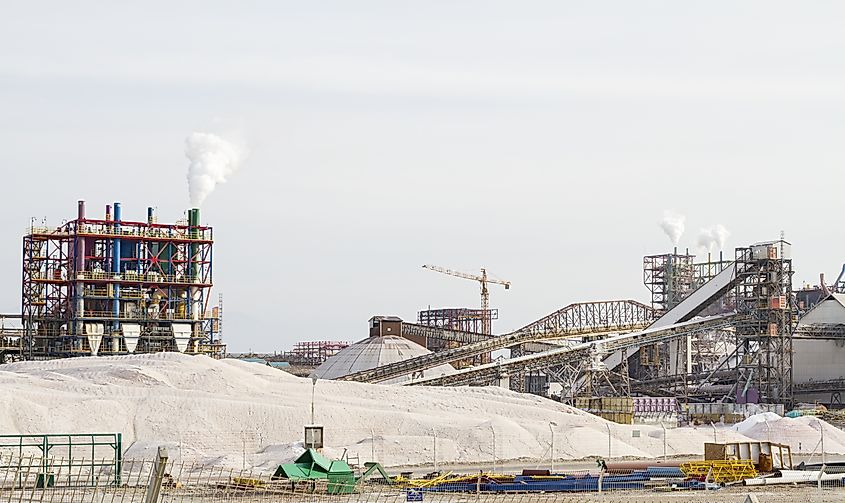
Like the nearby Jordan, potash production in Israel is primarily centered around the Dead Sea. The Dead Sea Works, a subsidiary of ICL Group (Israel Chemicals Ltd.), is the main producer in this country. Also, like Jordan and other desert-covered countries on this list, the heat and arid conditions in and around Israel speed up water evaporation, leaving behind potash and other useful salts.
Israel's potash industry provides for both internal farmlands and the global fertilizer market. Advanced technology and efficient production methods in Israel's highly developed economy have made it one of the leading potash exporters worldwide for such a small country, with about 2.4 million metric tons being produced in 2023.
5. Germany
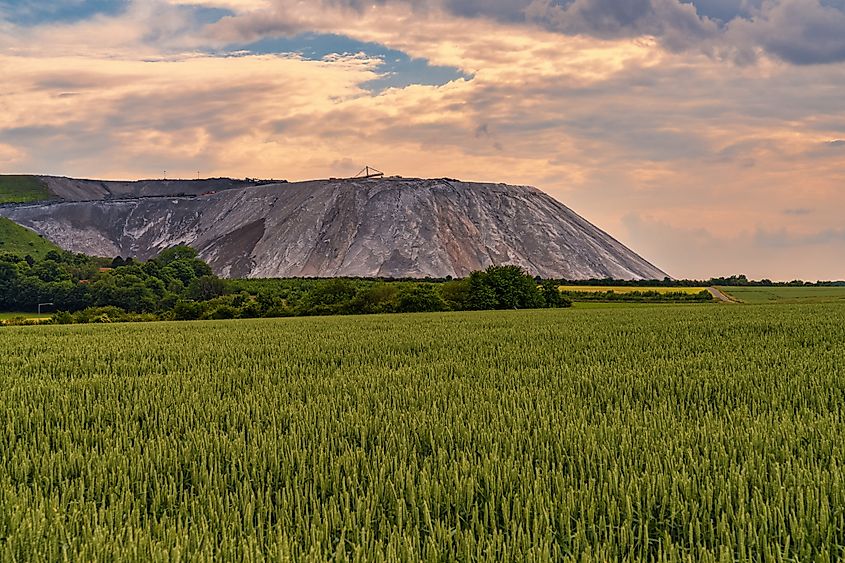
Potash production in Germany is a well-established industry with roots tracing back to the 19th century. Significant operations can be found in the states of Saxony-Anhalt, Thuringia, and Hesse. K+S AG, formerly known as Kali und Salz GmbH, is the primary company involved in potash mining and processing in Germany. The industry employs both conventional underground mining and solution mining techniques.
German potash is hugely important for many of Europe's rich agricultural regions, providing essential nutrients that enhance crop yields and soil health in the densely populated continent. Beyond agriculture, potash is also used in various industrial applications, including chemical manufacturing and pharmaceuticals, as well as other major industries in Germany.
Today, Germany produces around 2.8 million metric tons of potash per year.
4. Belarus
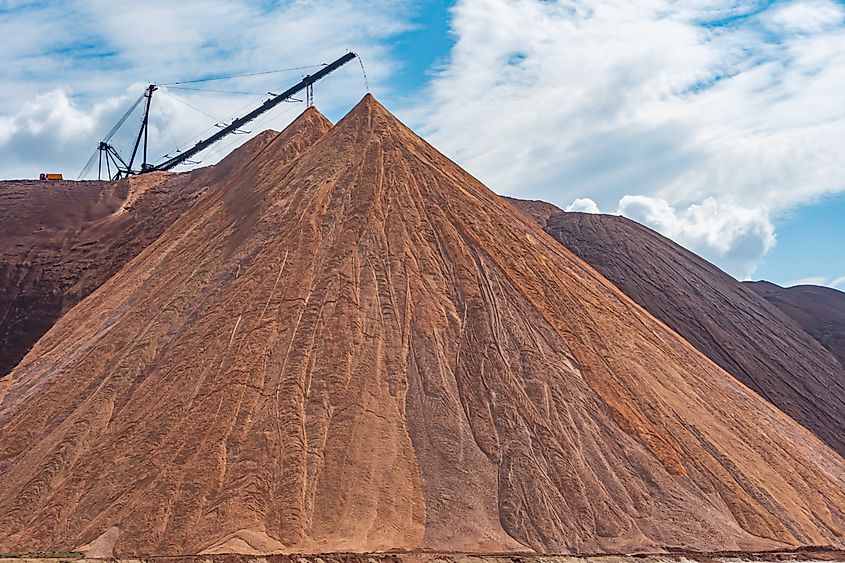
Close-up of the potash mining industry in Soligorsk, Belarus.
Potash in Belarus is a cornerstone of the country's economy, with significant operations centered around the Soligorsk region in the south-central part of the country. Unlike many other countries on this list, potash production is primarily through a state-owned enterprise known as Belaruskali.
The industry makes up a major chunk of Belarus' exports, with substantial portions of the potash being shipped to markets in China, India, and Brazil. This relatively small European country makes a whopping 3 million metric tons of potash per year, giving it a playing chip for trade agreements and deals on the world stage.
3. Russia

Potash salts in the Perm region, Russia. Editorial credit: Artic_photo / Shutterstock.com
Russia is well known for being jam-packed with abundant natural resources, and potash is no different, with the country possessing some of the world's largest reserves of potassium-rich minerals. The main production centers are located in the Verkhnekamskoe deposit in the Perm region and the Solikamsk basin in the Ural Mountains in central Russia.
Russia's potash industry is dominated by two major companies, Uralkali and Silvinit, which merged in 2011 to form "Uralkali." The production process in this country typically involves underground mining, with up to 5 million metric tons being produced per year.
Even considering the conflict with Ukraine (which has definitely hurt Russia's export industries), the potash industry still plays an important part in Russia's economy.
2. China
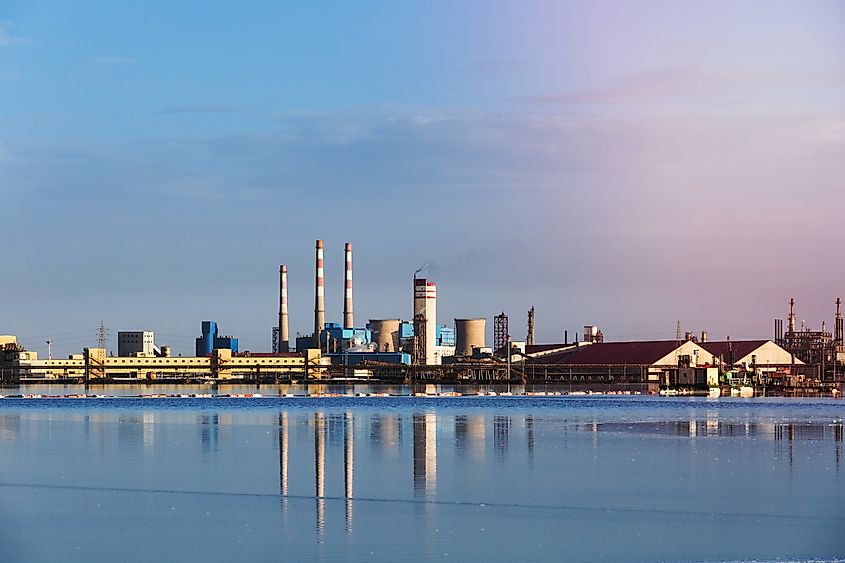
China has a very large agricultural sector and the need for fertilizers like potash has forced it to not only import a lot of the mineral from abroad but be a major producer on its own too. The primary potash deposits are located in the Xinjiang and Qinghai provinces, with significant operations in the Lop Nur region and the Qarhan Salt Lake. The Qinghai Salt Lake Potash Company is a major player in the industry here.
Again, despite being one of the largest producers, China still imports a substantial amount of potash to meet its massive domestic demand, given that its population still exceeds 1 billion people. Potash is still important for regional economic development, providing employment and infrastructure growth in China's more remote areas. China's potash sector is also critical for its strategic mineral reserves, ensuring long-term agricultural sustainability.
China extracted about 6 million metric tons of potash last year alone.
1. Canada
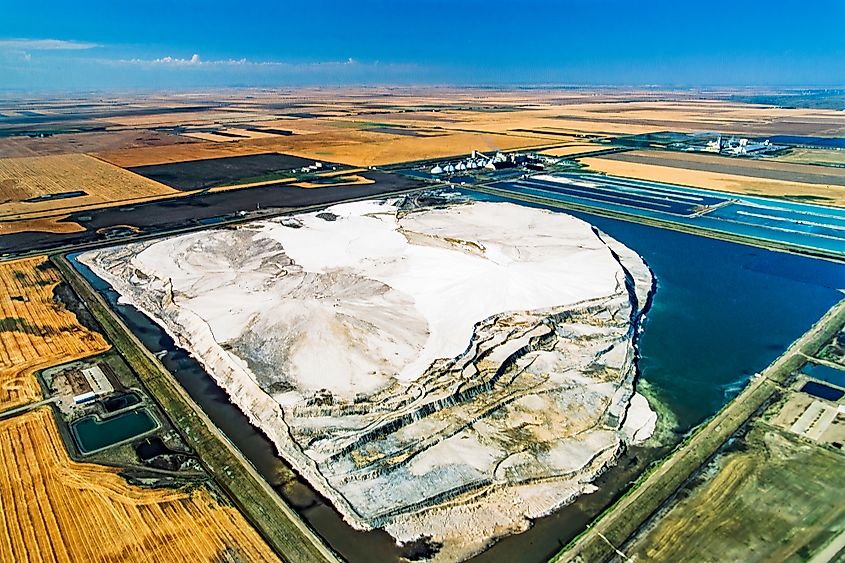
Canada is the undisputed potash-producing country, with a vast 13 tons or more being produced here annually. Canada contains some of the world's largest and highest-quality potash reserves, primarily located in the province of Saskatchewan. The area around Saskatoon, known as the Saskatchewan Potash Belt, is home to major mining operations operated by companies like Nutrien and Mosaic.
Canada's potash industry is essential for farming globally, enhancing crop yields and soil fertility for a multitude of countries around the world like the United States, China, Brazil, and other places that produce mass quantities of food, making it vital for food security practically everywhere. Canada also uses the largest quantities of its potash for its own globally important agricultural needs.
The Global Significance of Potash Production
Potash is clearly an essential resource for the modern world, ensuring that the huge amount of intensely farmed agricultural regions can continue to produce food for our growing populations. With Canada in the lead by far in terms of the quantity of potash produced per year, there are several more essential pockets around the world that make this highly important material.
Does your country produce potash? And if so, is it relegated to one specific area? Understanding whether your country produces more potash or relies on importing it can be key to understanding its national economy overall.











